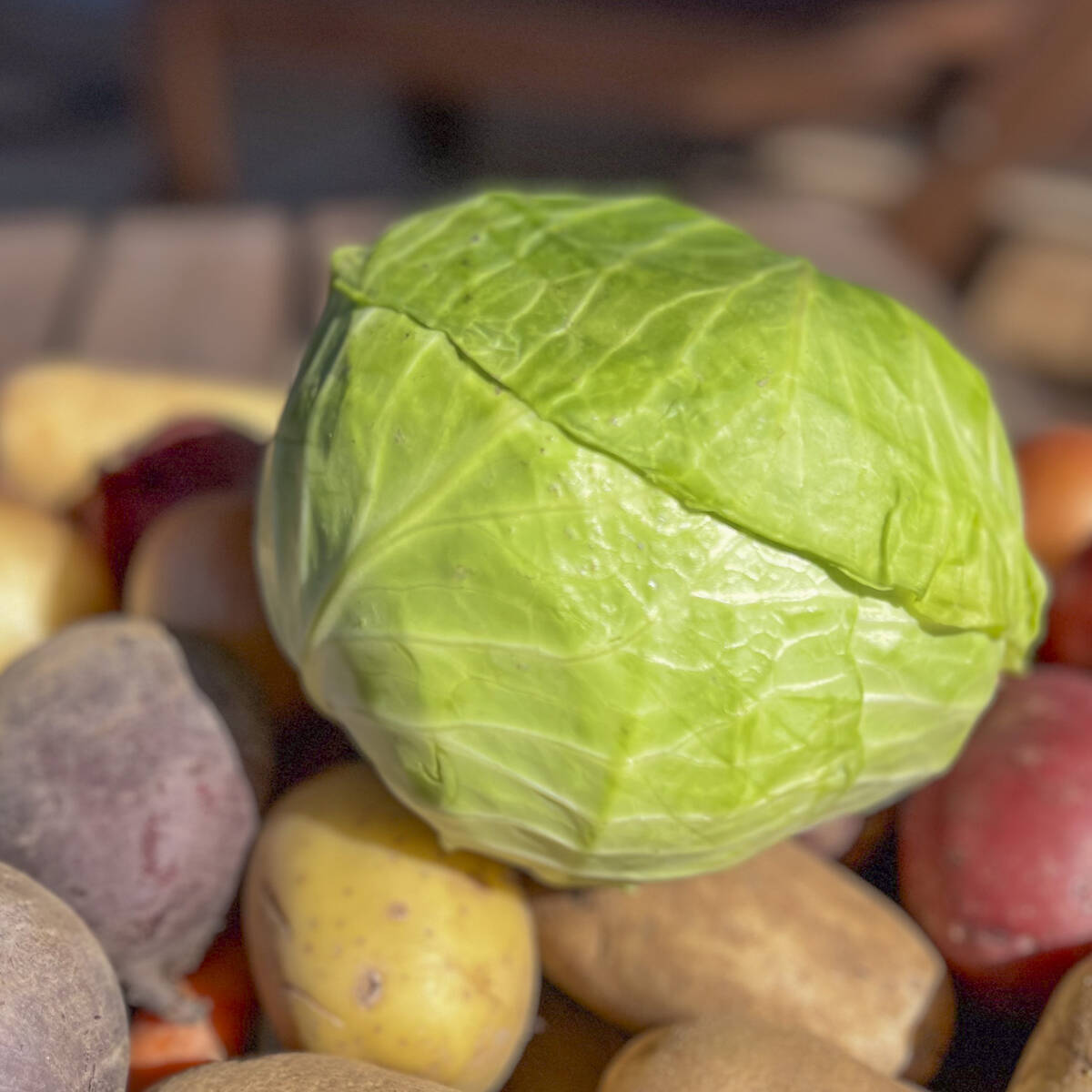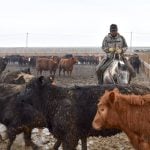If you grew up on a farm, riding along during harvest or helping with morning chores were probably tasks that felt second nature.
For many good reasons this integral part of farming isn’t going to go away. However, a recent on-farm incident in Ontario involving the death of a small child has the farming community looking at ways to continue involving our kids with a priority on safety and risk avoidance.
While there’s a long list of benefits from growing up on a farm, there are also many risks.
Read Also

Cooking cabbage deserves revival
Cabbage recipes don’t need to be boring. Rediscover the taste, diverse uses and local Prairie food traditions of this leafy green
“It might be time to evaluate the role of children on farms,” said Thea Green, program manager for the Manitoba Farm Safety Program.
She says accidents happen when farmers have competition for their priorities, and parents need to think carefully about when to include their children.
Green also said while many farmers are optimists, they need to think about the worst-case scenario and what would happen if something went terribly wrong.
Growing up on a farm myself I was around large machinery and moving equipment from a very young age. I had a lot of energy and we had a big yard, so there were surely even more potential risks as I started to wander independently. I can’t speak for my parents or grandparents at the time, but to me the danger felt less severe and sometimes invisible because it was my everyday life.
As I got older I had more responsibility and started to drive the quad, deliver meals to the field and eventually operate machinery. There were risks in letting me do these things, but there were many lessons I learned that I wouldn’t have if I grew up somewhere else.
Speaking with friends, industry colleagues and other Glacier FarmMedia employees who grew up on farms, we all share a common experience: A great feeling of independence with an accepted chance of risk, or “lessons” as some of the tougher folks call them.
“Looking back, growing up on the farm are some of the best memories I have,” said Laura Rance, VP of content for Glacier FarmMedia.
“I wouldn’t change a thing, but on the subject of risk I think we all just kind of accepted that accidents could happen and we tried our best to avoid them.”
Every farm is different and every person has a different upbringing. While I was (mostly) lucky at avoiding injuries from farm activities, many people weren’t so lucky.
Before leaving high school I had met five people with severe or permanent injuries from on-farm accidents. One of the local farmers was missing his thumb from a grain auger incident, and one of my friends is missing a section of his index finger after touching a moving belt on a combine. Some of our stories might be good for a lesson or a chuckle at the coffee shop a few decades later, but at the time a farm injury can be costly and in some cases life threatening.
As I start to compare the farming sector to other businesses I can’t help but notice a few differences that aren’t often highlighted.
During my time in university I worked in a warehouse for the better part of three years, and during that period I never once saw a small child riding along in a forklift or holding a ladder for their dad to access a tough storage spot.
That comparison may seem silly, but I can’t think of many other businesses that involve their small children on a regular basis outside of a “bring your kid to work” event or childcare mix-up.
So how do we include our kids while prioritizing safety?
“I think we need to remember that the farm is a workplace, but it’s also where we live and raise our families,” said Robert Gobeil, an agricultural safety and health specialist for the Canadian Agricultural Safety Association (CASA).
A few months ago we interviewed him for our Between The Rows podcast where he provided some context on the recent Ontario incident and the implications for the farm industry. He also provided some stats about injuries to children on Canadian farms and advice for farm families to safely introduce their kids to farming.
“According to the Canadian Agricultural Injury Reporting data, 72 per cent of children killed in a farming incident are children of the owner and 80 per cent of the time these children are often bystanders (not working).
“The top three mechanisms of fatal injuries for children on the farm are due to run-overs, drownings and rollovers. Of the children who were run over, these children were usually extra riders on tractors or a bystander.”
He noted that two of the three main causes of child fatality on farms are tractor related.
“At CASA we suggest keeping small children away from tractors in general. According to all of our data it’s just not a safe place to be.”
At the same time, Gobeil made it clear that CASA is not telling farmers to stop involving their children around the operation.
“The farm is an awesome place to live and raise children. That being said, parents must make complex decisions on a daily basis in order to balance the safety and adequate supervision of their children. When finding ways to involve your kids, these decisions need to be based on their age as well as cognitive and physical abilities.
Gobeil ended our interview by mentioning “CultivateSafety.org,” an online guide dedicated to helping farm families make these decisions and find age-appropriate activities for their kids.
None of these safety warnings are meant to stop people from involving their kids on the farm, but farm families need to continue to be careful and always acknowledge the risks present in their unique workplace.
Being involved in the farm from a young age is a great way to encourage and educate, but keeping future farmers safe should always be a priority.
– With files from Geralyn Wichers















